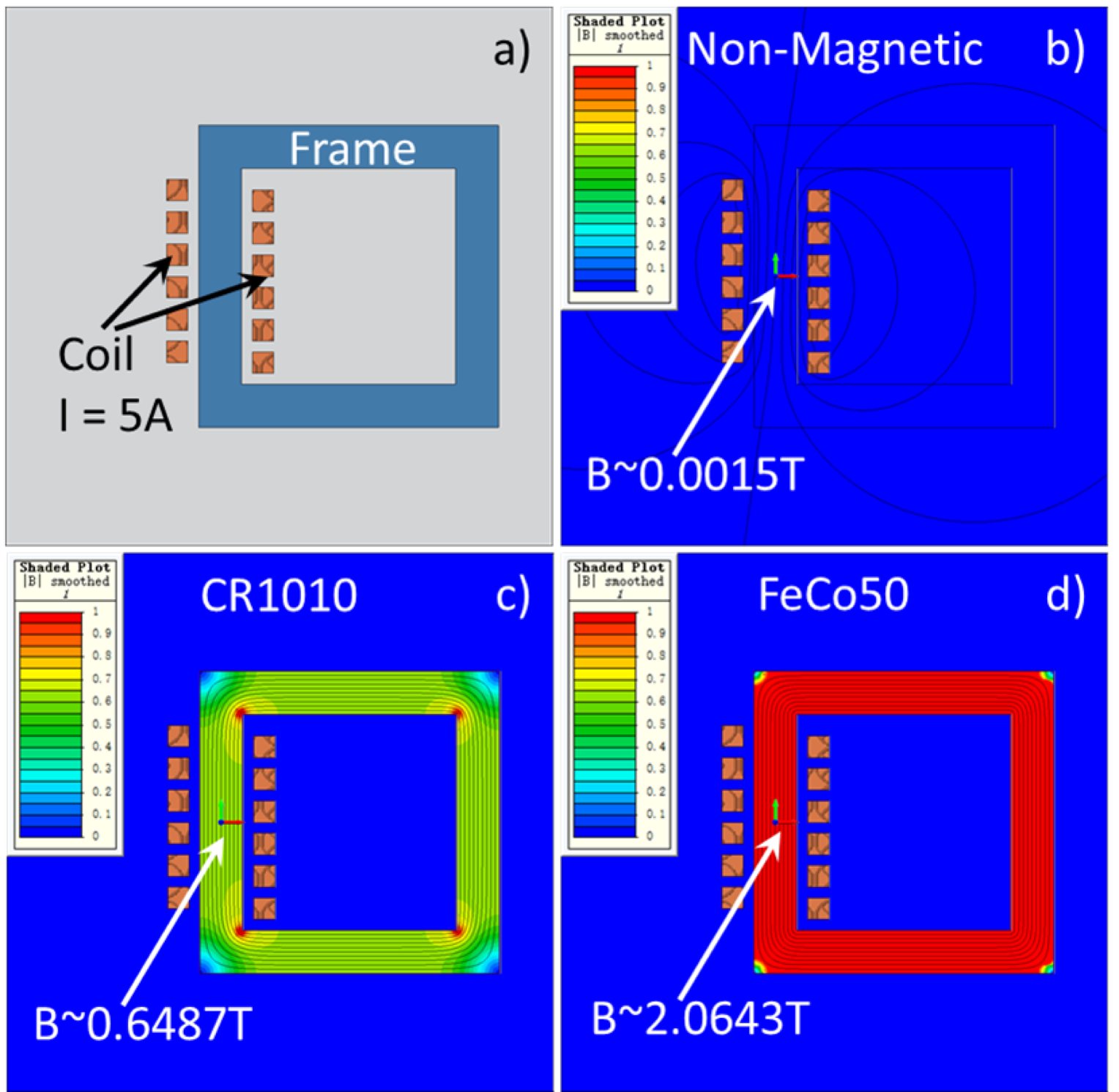Since soft magnetic materials cannot maintain their polarities stably and emit magnetic field by themselves, one may think that soft magnetic materials are less useful than hard magnetic materials, nevertheless, this viewpoint is wrong. In 2016, the market size for hard magnetic materials is estimated to be around $14 billion, whereas that for soft magnetic materials is around $18 billion.
Soft magnetic materials are found in a broad range of applications. They are indispensable almost for any machines involving the conversion between electrical energy and mechanical energy, such as motors and generators, and for the devices involving the conversion of electric current wave form, such as transformers, inverters, converters, inductors, filters, etc. Soft magnetic materials are also useful for making devices that exploit the magnetic attractive force, such as the electromagnet that attracts iron parts or iron plate that attracts hard magnets. Thus, you will find soft magnetic materials in your hair dryer, vacuum cleaner, washing machine, air conditioner, phone (wireless) charger, power supply for your computer, or your refrigerator’s door which is often used to clip a note pad or children’s pictures by a hard magnet, and so on.
The principle behind these applications is the interactive course between the soft magnetic materials and the magnetic fields (which are most usually produced by electrical current, both DC and AC, for electrical engineering applications). Just because soft magnetic materials are ready to respond to external field, the magnetic flux would prefer to “run” through a soft magnet instead of through non-magnetic mediums. Furthermore, soft magnetic materials not only reply to external magnetic field readily, but they can also enhance the magnetic field (flux density) intensely. We say that soft magnetic materials are good conductors for magnetic field (flux lines) or multipliers for magnetic flux. Figure 2 gives an example for the effect of soft magnetic materials on the distribution and magnitude of magnetic flux density. A coil of 6 turns is wound on a frame and the current in the coil is 5 A (in practice, the quantity defined as current times turns is often use, in this case, it is 30 Ampere*Turns).



